The stability of stablecoins has become a cornerstone of the cryptocurrency ecosystem, yet the mechanisms ensuring their peg to fiat currencies remain under intense scrutiny. Among the most critical aspects of maintaining this stability is the auditing of reserve assets backing these digital tokens. Without rigorous and transparent reserve audits, stablecoins risk losing investor confidence, leading to potential depegging events that can ripple across the entire crypto market.
The Importance of Reserve Audits in Stablecoin Stability
Stablecoins, by design, are meant to maintain a 1:1 peg with a fiat currency, usually the US dollar. This peg is theoretically supported by reserves held in traditional bank accounts, cash equivalents, or other highly liquid assets. However, the opacity surrounding these reserves has repeatedly raised concerns. Without proper audits, there is no verifiable way to confirm whether a stablecoin issuer holds sufficient reserves to back all circulating tokens. This uncertainty can trigger panic among holders, leading to rapid sell-offs and, ultimately, depegging.
The collapse of TerraUSD (UST) in 2022 serves as a stark reminder of what happens when confidence in a stablecoin’s backing evaporates. Unlike algorithmic stablecoins, which rely on complex mechanisms to maintain their peg, fully collateralized stablecoins like Tether (USDT) and USD Coin (USDC) claim to hold reserves matching their circulating supply. Yet, even these have faced skepticism due to past controversies over the composition and adequacy of their reserves.
Current Practices in Reserve Auditing
Most major stablecoin issuers now engage third-party auditing firms to provide some level of transparency regarding their reserves. These audits typically fall into two categories: attestations and full-reserve audits. Attestations, which are more common, involve an accounting firm verifying that the issuer’s reserve claims are accurate at a specific point in time. While useful, these reports offer only a snapshot and do not provide ongoing assurance.
Full-reserve audits, on the other hand, are far more comprehensive but also rarer due to their complexity and cost. These audits involve a detailed examination of the issuer’s holdings, including the liquidity and risk profile of reserve assets. For example, if reserves include commercial paper or corporate bonds, auditors assess the creditworthiness of these instruments to ensure they can be liquidated quickly without significant loss of value.
Despite these efforts, critics argue that even the best audits fall short of guaranteeing stability. The rapid growth of the stablecoin market—now exceeding $150 billion—means that reserve management must evolve to address systemic risks. A sudden surge in redemption requests, for instance, could strain an issuer’s ability to liquidate reserves without causing market disruptions.
Regulatory Push for Greater Transparency
In response to these risks, regulators worldwide are stepping up demands for stricter reserve auditing standards. The US Treasury has called for stablecoin issuers to adhere to the same reporting requirements as traditional financial institutions. Similarly, the European Union’s Markets in Crypto-Assets (MiCA) framework mandates regular audits and public disclosures of reserve holdings.
These regulatory pressures are forcing issuers to adopt more rigorous auditing practices. Some are now exploring real-time attestation technologies, where blockchain-based tools provide continuous verification of reserves. Such innovations could significantly reduce the lag between audits and enhance trust in stablecoins. However, widespread adoption remains a challenge due to technical and regulatory hurdles.
The Future of Stablecoin Reserve Audits
As the stablecoin market matures, the need for robust auditing mechanisms will only grow. Investors and regulators alike are demanding greater transparency, and issuers who fail to meet these expectations risk losing market share. The next frontier in reserve auditing may involve decentralized solutions, where smart contracts autonomously verify collateralization in real time.
However, until such technologies become mainstream, traditional audits—despite their limitations—remain the primary tool for ensuring stablecoin stability. The key lies in making these audits more frequent, more detailed, and more accessible to the public. Only then can stablecoins fulfill their promise as a reliable bridge between traditional finance and the crypto economy.

By /Jun 3, 2025

By /Jun 3, 2025

By /Jun 3, 2025

By /Jun 3, 2025

By /Jun 3, 2025

By /Jun 3, 2025

By /Jun 3, 2025
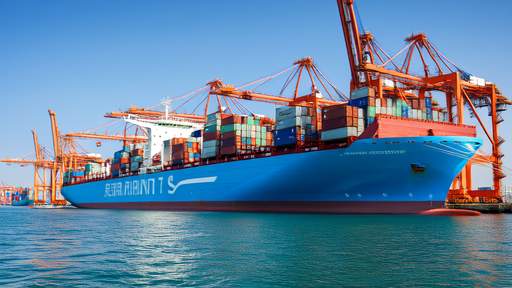
By /Jun 3, 2025
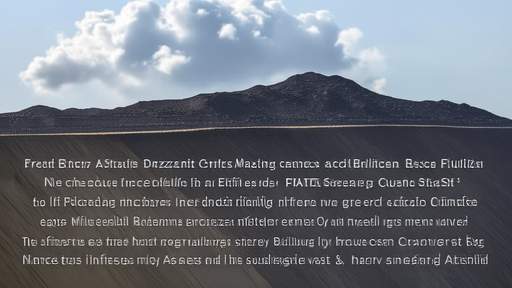
By /Jun 3, 2025

By /Jun 3, 2025
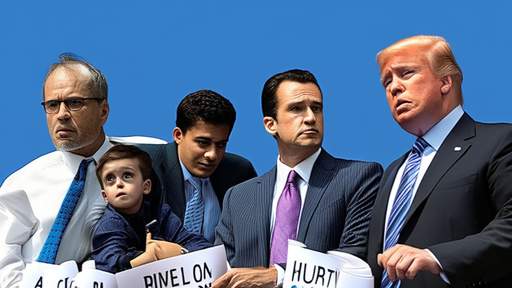
By /Jun 3, 2025

By /Jun 3, 2025

By /Jun 3, 2025
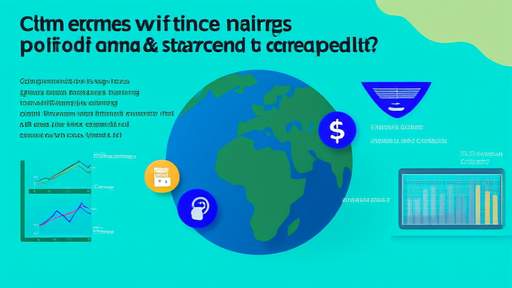
By /Jun 3, 2025

By /Jun 3, 2025

By /Jun 3, 2025

By /Jun 3, 2025

By /Jun 3, 2025

By /Jun 3, 2025
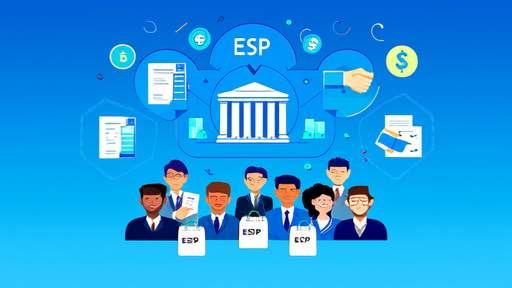
By /Jun 3, 2025